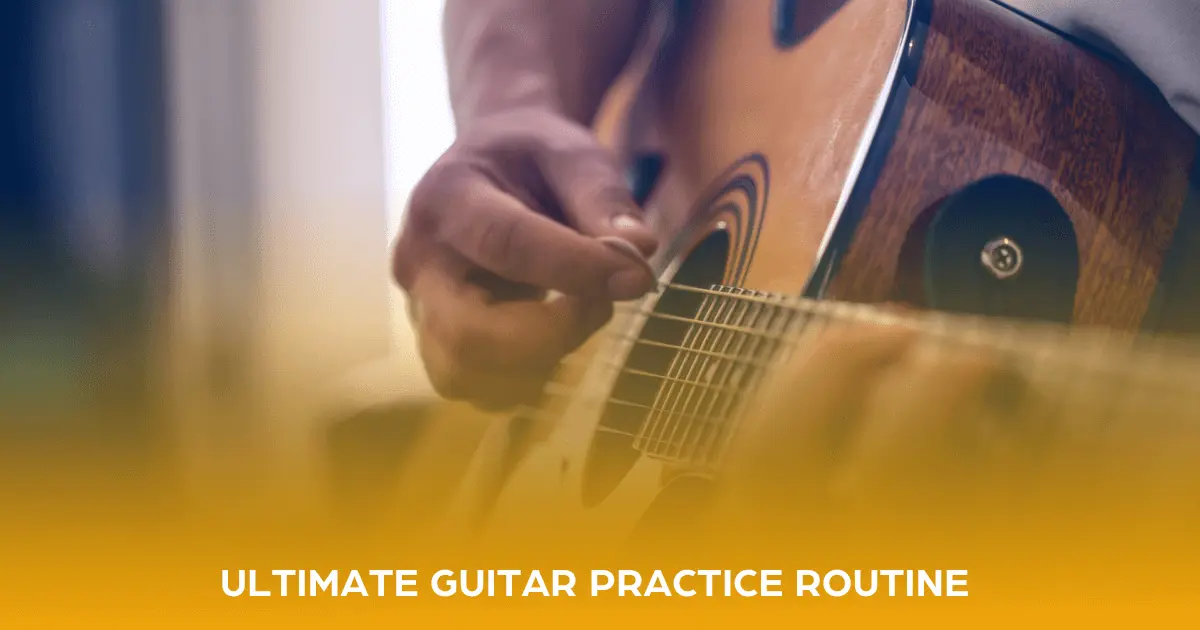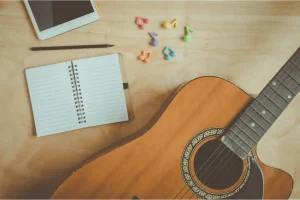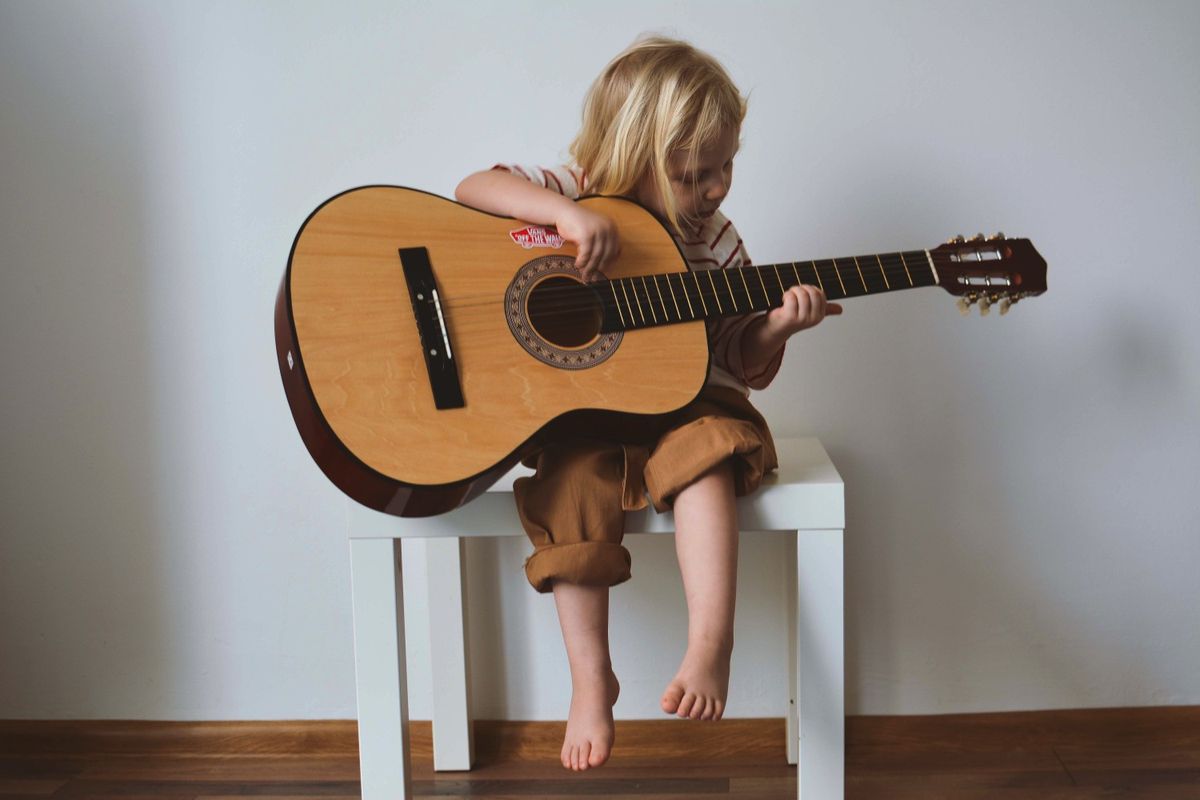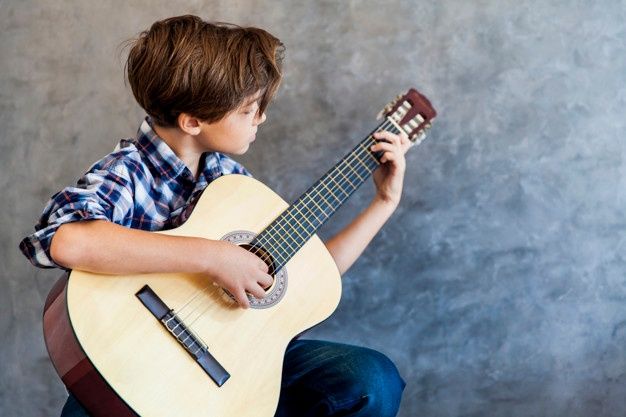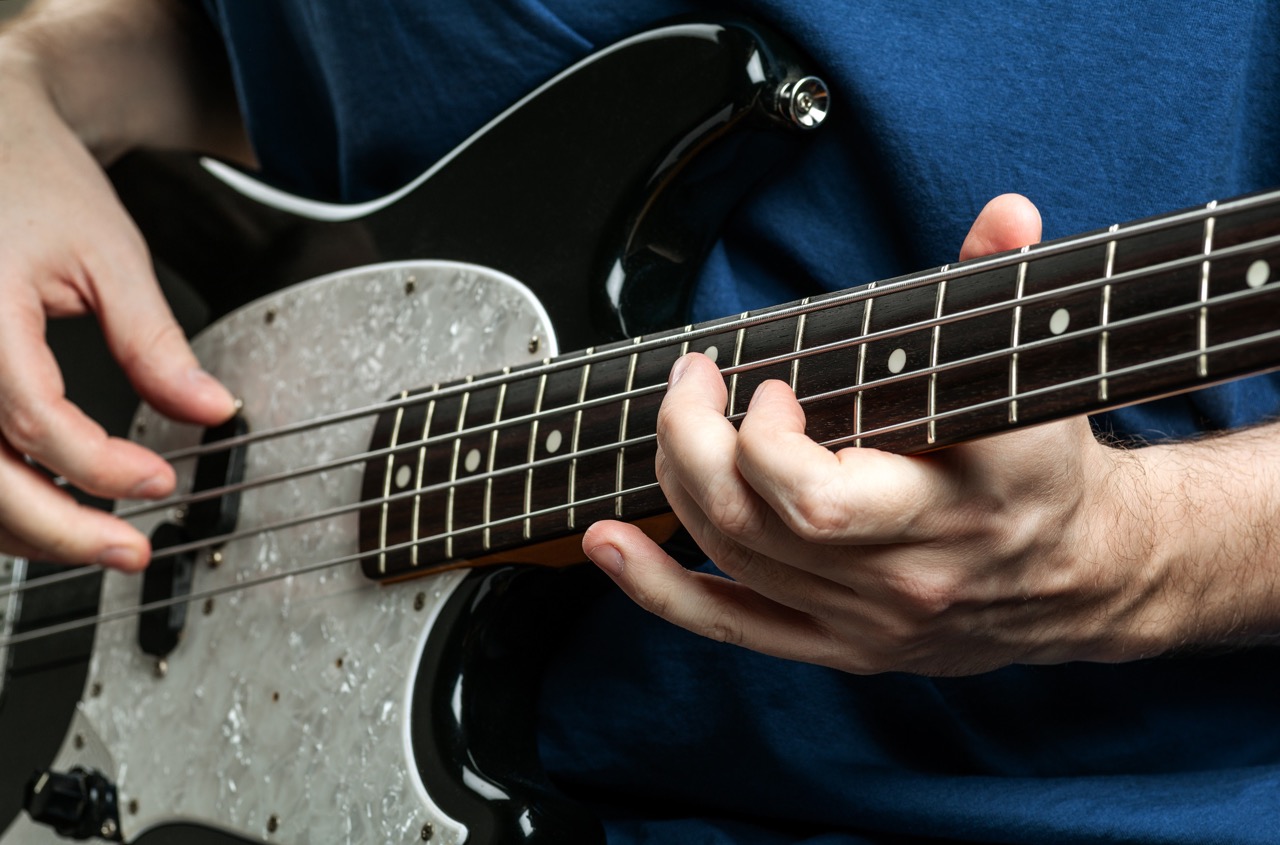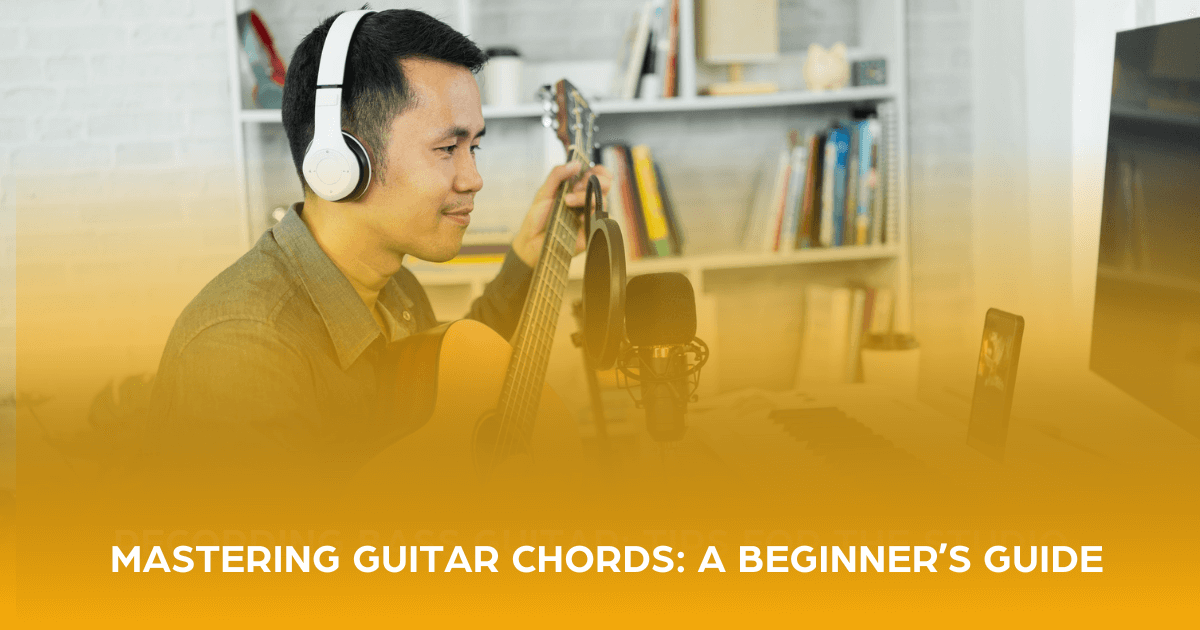Every musician knows that practice is essential to learning an instrument, and the guitar is no exception. No matter your experience level, organized practice helps you master new skills and progress as a player. Creating a solid guitar practice routine is fairly straightforward – the problem is often staying consistent. Sometimes, finding the time to sit down and practice every day can feel daunting, especially if you are busy in other areas of your life.
The best guitar practice routine might look a little different for each individual, and it’s important to devise a plan that works for you and your schedule. Here are some tips for creating the ultimate guitar practice routine:
Table of Contents
Toggle1. Stay Consistent
When creating a guitar practice schedule, the most commonly asked question is, “How long should I practice for?” Ultimately, consistency is more important than the length of time you can dedicate to your instrument each day. The same principle applies to other instruments as well, such as when taking guitar lessons in Los Angeles. Whether you’re learning guitar or piano, daily practice is key.
If you want to become proficient, consistent practice helps build muscle memory and develop finger strength and agility. Going too long without practicing—whether it’s piano or kids learning guitar—will make it difficult to progress, often leading to frustration. Skipping practice sessions can result in losing momentum, which may discourage both kids and adults alike.
Just as an adult can practice piano daily for better results, mastering the guitar requires dedication, patience, and discipline. Set aside time every day to practice your instrument to ensure steady improvement. If you’re an adult looking to learn, finding a guitar teacher for adults can provide the guidance and support you need to progress efficiently.
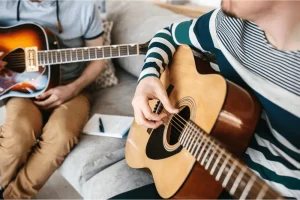
2. Length of Time
Now that we’ve established that consistency is key to mastering the guitar let’s answer the question of how much time you should set aside for each practice session. The answer might depend on your goals, your experience level, and, of course, your schedule. Beginner guitar players or children may want to start small by practicing for 10-30 minutes each day, focusing on core fundamentals and basic concepts. More intermediate players will benefit from an hour or more of practice a day. Advanced guitarists will need to dedicate around 2 hours a day to their craft, possibly spreading the time throughout several sessions.
No matter your skill level, ensure that you are completely focused during practice time. Dedicate a space in your home for practice and try to limit distractions. It’s best to start with shorter sessions and slowly increase the amount of time you spend practicing. This helps to build good habits so you can begin to master the basics. Consider your schedule and be realistic about the amount of time you can spend practicing the guitar each day. Once you’ve established a plan, set a timer and stick to it. Again, consistency is key.
3. Set Goals
A good practice routine starts with identifying your goals as a musician. Why do you want to learn to play the guitar? Maybe you’d like to know a few of your favorite songs to strum around the campfire with friends, or perhaps you dream of earning a living as a musician one day. Goal-setting is crucial for progress.
Beginners must focus on foundational skills and basic chords, while intermediate and advanced players should aim for goals that challenge their current capabilities. This could include exploring a new genre or writing your song. Selecting a teacher who can guide you through the steps is essential for those interested in guitar lessons. A solid practice routine will help you reach your goals.
Goals should be specific, measurable, and achievable. They should also have a clear deadline. For example, a beginner guitar player might set a goal to learn the basics of sheet music and perform a simple song by June, or an intermediate guitar player might want to compete in a local competition within the next six months. These are just a few examples! Remember to regularly revisit and adjust your goals as your musical development progresses.
4. What to Practice
So, you’ve devoted a block of time to practicing your guitar daily and set realistic goals. Now what? It would be best if you had a well-rounded routine to make the most out of your practice sessions. Focusing on areas that need the most improvement is essential. As a guitarist, you will need to spend much of your practice time working on the skills that challenge you the most. This systematic approach ensures steady progress and prevents you from getting stuck on easier, more comfortable exercises.
Begin your practice with a few warm-up exercises and drills. Get your fingers moving along the fretboard. Spend some time working on your chords and scales. Next, it’s time to work on skills that you haven’t mastered. Maybe you’re having trouble with one of the basic chords, or you need to practice your strumming patterns or transitions. Whatever it is, you should focus your guitar practice on these skills. End each session by playing something you enjoy!
Learning to play the guitar requires dedication and commitment. We all know that practice makes perfect, but it can be difficult to know where to start. Every guitarist’s routine might look a little different, but ideally, you will work with your instructor to create the best practice routine for you. Whether you’re looking for guitar lessons in Studio City, Beverly Hills, West Hollywood, Hollywood Hills, Los Feliz, or Hancock Park, we have you covered. Contact us today at JBM Music Lessons for guitar lessons in Los Angeles.

